How to Get Rid of Spider Veins on Nose Naturally
So you've got yourself a red, spidery-looking splotch on your face that doesn't look like it's going away anytime soon. Congrats—you're a perfectly normal human being with, possibly, a totally normal broken capillary. But as annoying and scary-sounding busted blood vessels are, they're not the end of the world. (Even if it feels like it.) Broken capillaries are most commonly found on the face or legs and could be the culprit of several things. Elements like sun exposure, rosacea, alcohol consumption, weather changes, pregnancy, genes, and more cause them to pop up.
The good thing: They go away. With the right tools and measures, you can not only get rid of them for good, but also prevent another crop of them from taking hold of your skin in the future.
From at-home remedies to reduce redness to laser treatments to zap them forever, read on for everything you need to know about these bad guys.
But First: Do You Really Have a Broken Capillary?
Not to be a buzzkill, but the internet is not your doctor, and you should definitely make an appointment with a dermatologist for an official diagnosis. But, if you're still trying to self-diagnose, I'll make it easier for you:Broken capillaries are enlarged blood vessels just beneath the surface of the skin that look like bright, blood-red marks, usually in a spider- or branch-like pattern (though I've personally had them look like tiny, singular pin pricks, too).
What Causes Them?
In general, broken capillaries are caused by either skin trauma—like squeezing a pimple with too much force, intense microdermabrasion, or even sneezing—or by excessive dilation of the blood vessels from, say, taking hot showers, being in cold, wintery air, eating spicy foods, exercising, or drinking alcohol. "Capillary walls are very elastic, andblood vessels can lose their ability to contract if they're frequently dilated, causing them to remain enlarged," says celebrity esthetician Renée Rouleau.
Sadly, genetics play a major role in how susceptible you are to broken blood vessels, though they're more common in anyone with sensitive skin, acne, or rosacea, and especially rampant in the winter, thanks to fluctuating hot-and-cold temps.
Can You Treat Them at Home?
Sorry for this bad news, but once they're on your face, they're on it for good, unless you zap them with a laser at a dermatologist's office (more on that later). Still, there's a small silver lining.
"Over-the-counter products containing anti-inflammatory ingredients, such as rosehip oil, can also minimize redness," says dermatologist Arash Akhavan, M.D., founder of Dermatology and Laser Group in New York City. You can also try slathering on a layer of pomegranate oil—another natural anti-inflammatory—every night, though you should know that there isn't ahugechance they'll make a difference.
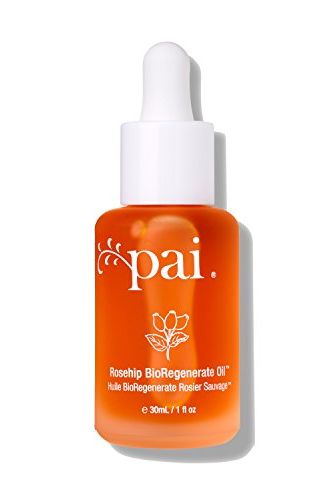
Pai Skincare Organic Rosehip BioRegenerate Oil
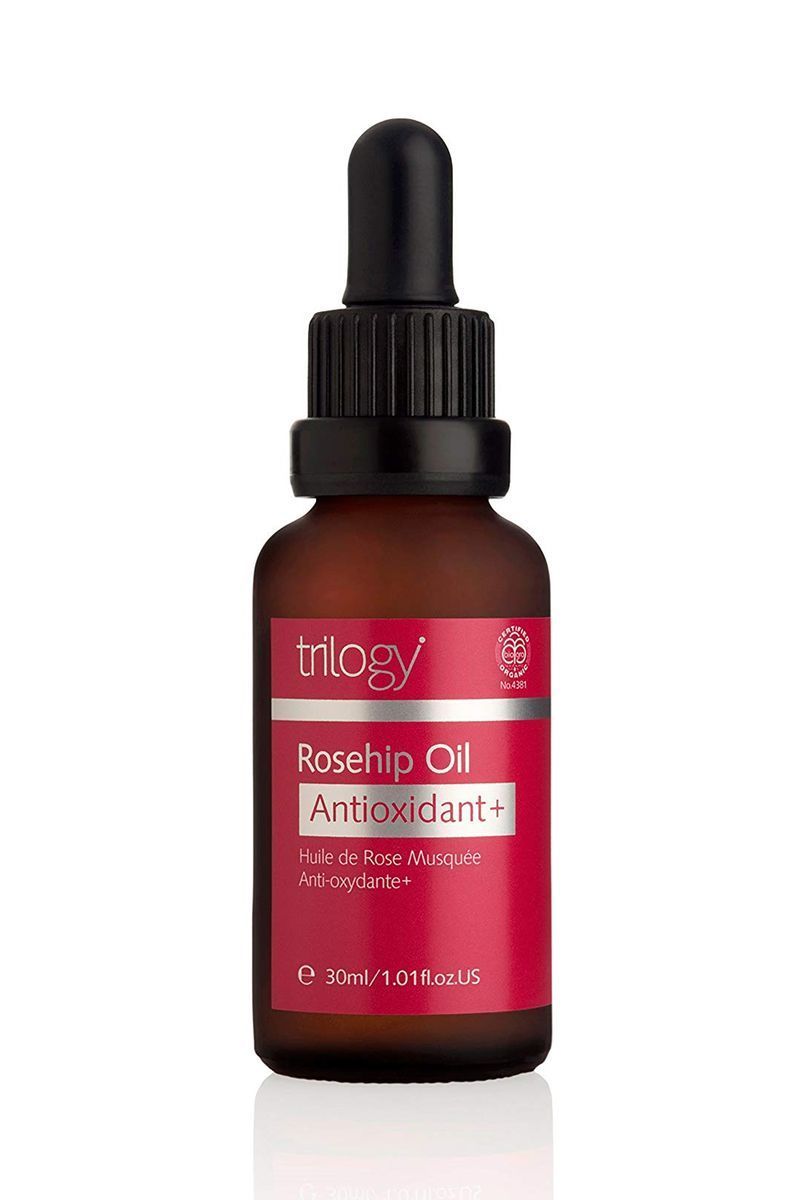
Trilogy Rosehip Oil Antioxidant+
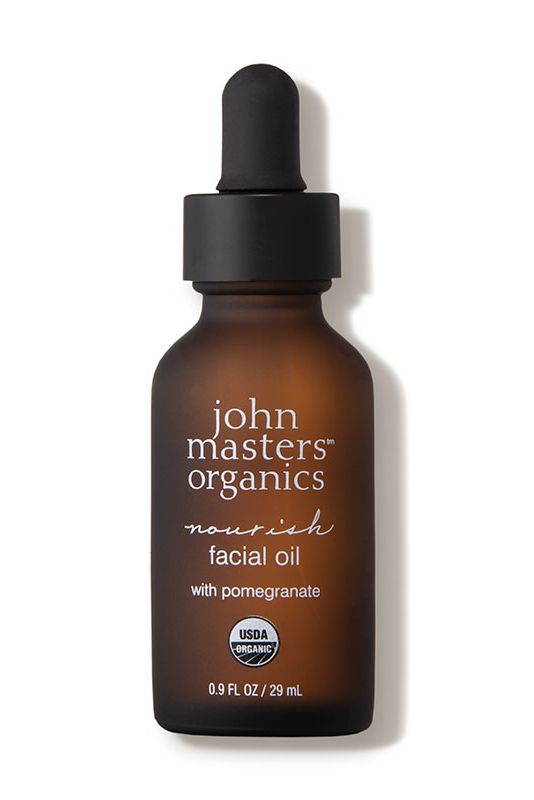
John Masters Organics Nourish Facial Oil With Pomegranate
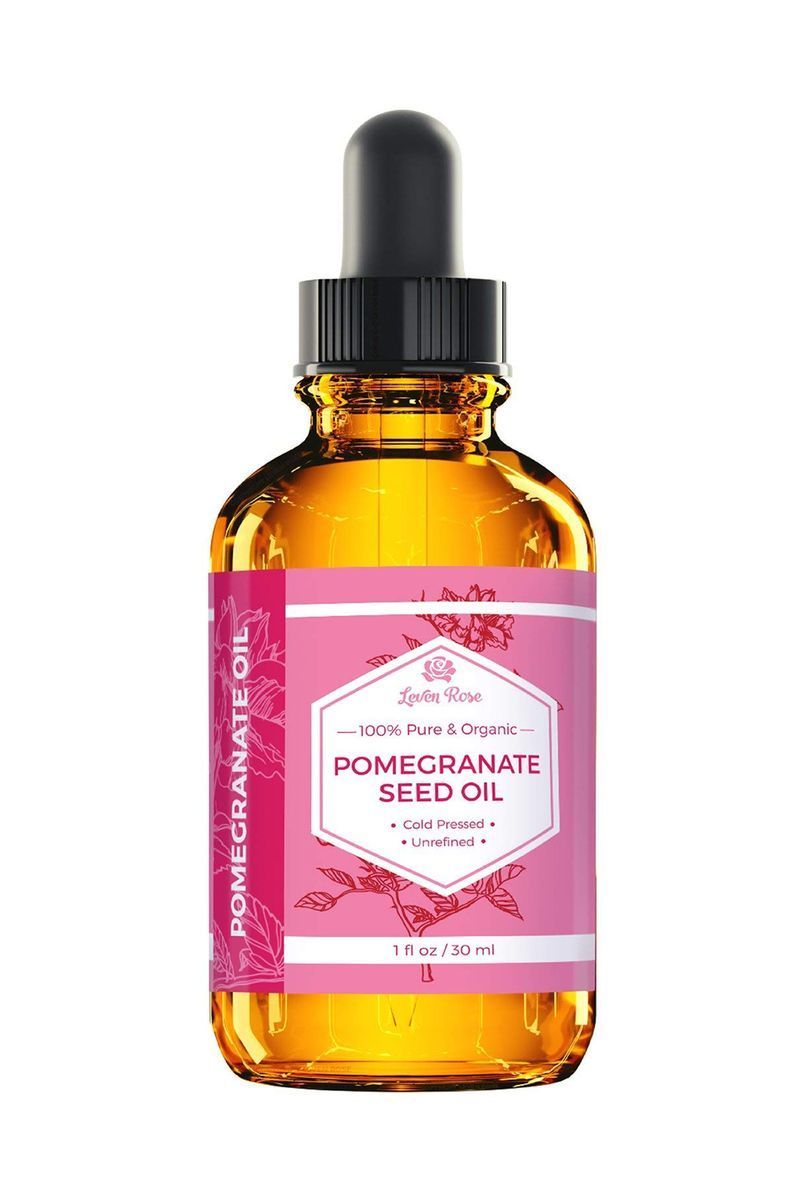
Leven Rose Pomegranate Seed Oil
"You can also ask your doctor about Rhofade, a prescription topical cream that constricts the blood vessels in your face, thus limiting blood flow and redness to the area," he says (you'll have to go to your dermatologist for this), "but know thatthese are all short-term fixes for the redness and need to be reapplied every day for results."
The Only Real Way to Get Rid of Them
If you want to get rid of your splotches for good, you'll need to invest in a laser treatment. "Lasers for vascular lesions, like broken capillaries, work by suddenly heating the blood inside of the vessels, leading to inflammation and scarring within the blood vessel thateventually causes them to fade away over the course of 4-6 weeks," says Dr. Akhavan. It sounds painful, but the treatment itself only takes a few minutes and feels like a rubber band lightly snapping your skin a few times.
"A laser called the Vbeam Laser is the gold standard for treating vascular spots on the face, though IPL—Intense Pulsed Light—treatments are also very effective," says Dr. Akhavan, noting that if you have darker skin, neither can be safely used without possibly harming your face, so make sure to call ahead to check if your doctor has an Nd:YAG laser, "which is the best option for darker skin tones."
As for the cost, it totally depends on where you live, who you see, and how big your broken capillary is, butyou can expect to pay anywhere from $150 to $400 out of pocket per session. Yes, it's pricey, but it's the only way to truly get rid of your broken blood vessels.
How to Keep Them From Coming Back
Whether you choose to live with your new vesseled friend or zap it away, you probably want to know how to prevent more from popping up.
1. Wear sunscreen. I know, I know—this will be the ultimate skincare advice until the end of time, but it doesn't make it any less important. "Capillary walls weaken with UV exposure, so wearing a goodsunscreen can potentially prevent the development of some broken capillaries," says Dr. Akhavan. So slather on a gentle sunscreen every morning, like one of these cult-favorites, below.
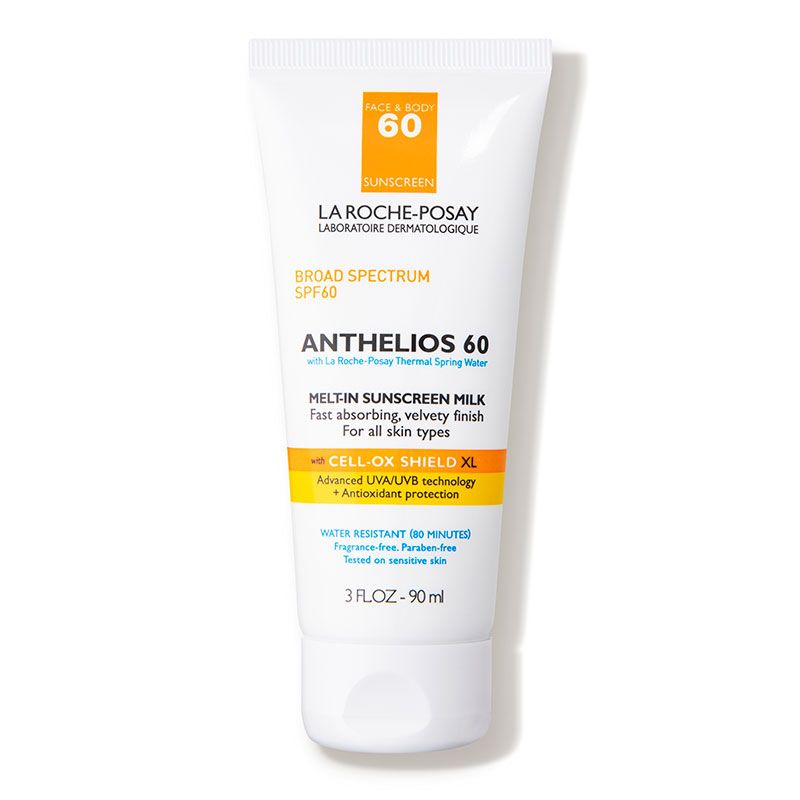
La Roche-Posay Anthelios Melt-In Sunscreen Milk SPF 60 Hydrating
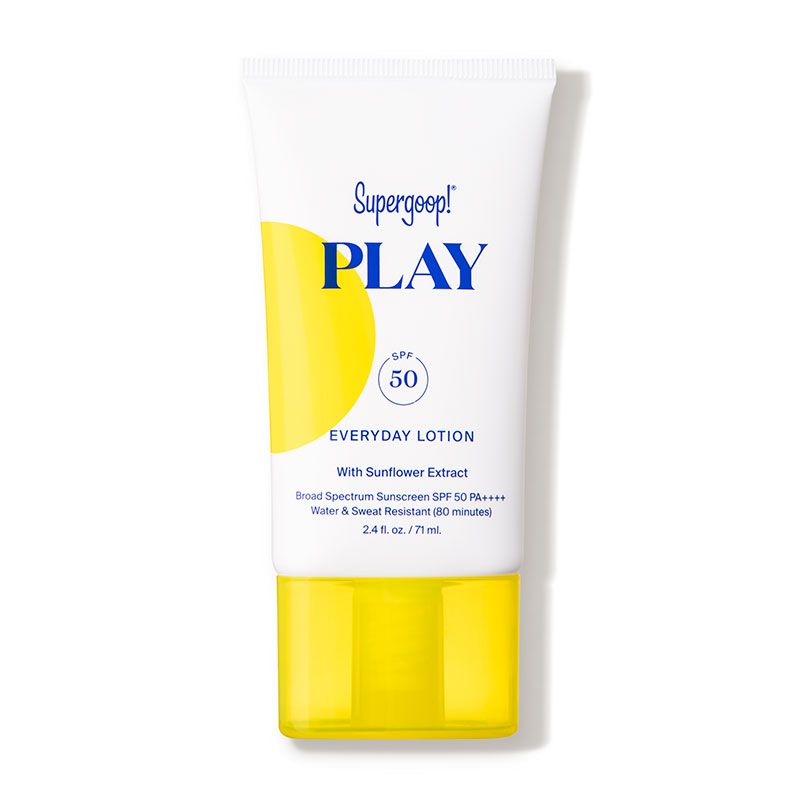
Supergoop Everyday Sunscreen Broad Spectrum SPF 50 Lightweight
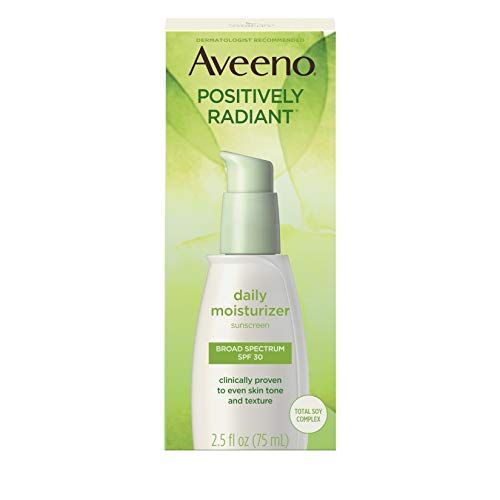
Aveeno Positively Radiant Daily Facial Moisturize Moisturizing
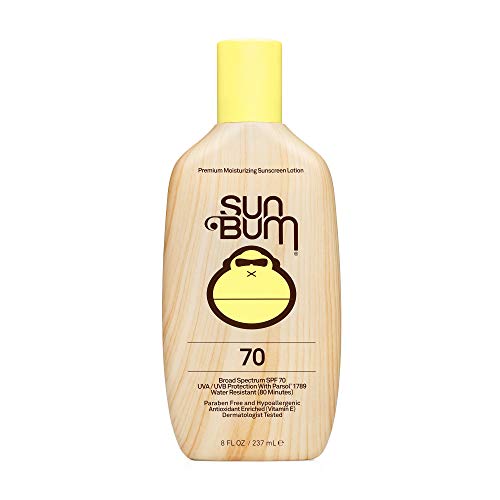
Gentle
2.Use gentle exfoliants. Scrubbing is for pots and pans, not your face, and you're usually doing more harm than good by using a gritty exfoliator on your skin. Instead, opt for a chemical exfoliator, which uses gentle acids to dissolves dead skin cells, oils, and gunk from your pores.
3.Ditch the hot water. No, you don't need to swear off hot showers for life, but know that you're putting your skin at an increased risk the warmer the water is. "Hot water on the face will speed up blood flow and dilate capillaries, which will only increase redness in the skin," says Rouleau. Wash your face with cool or tepid water, instead, and try to keep your face out of the direct blast of the hot shower stream.
How to Get Rid of Spider Veins on Nose Naturally
Source: https://www.marieclaire.com/beauty/a26539/broken-capillaries/